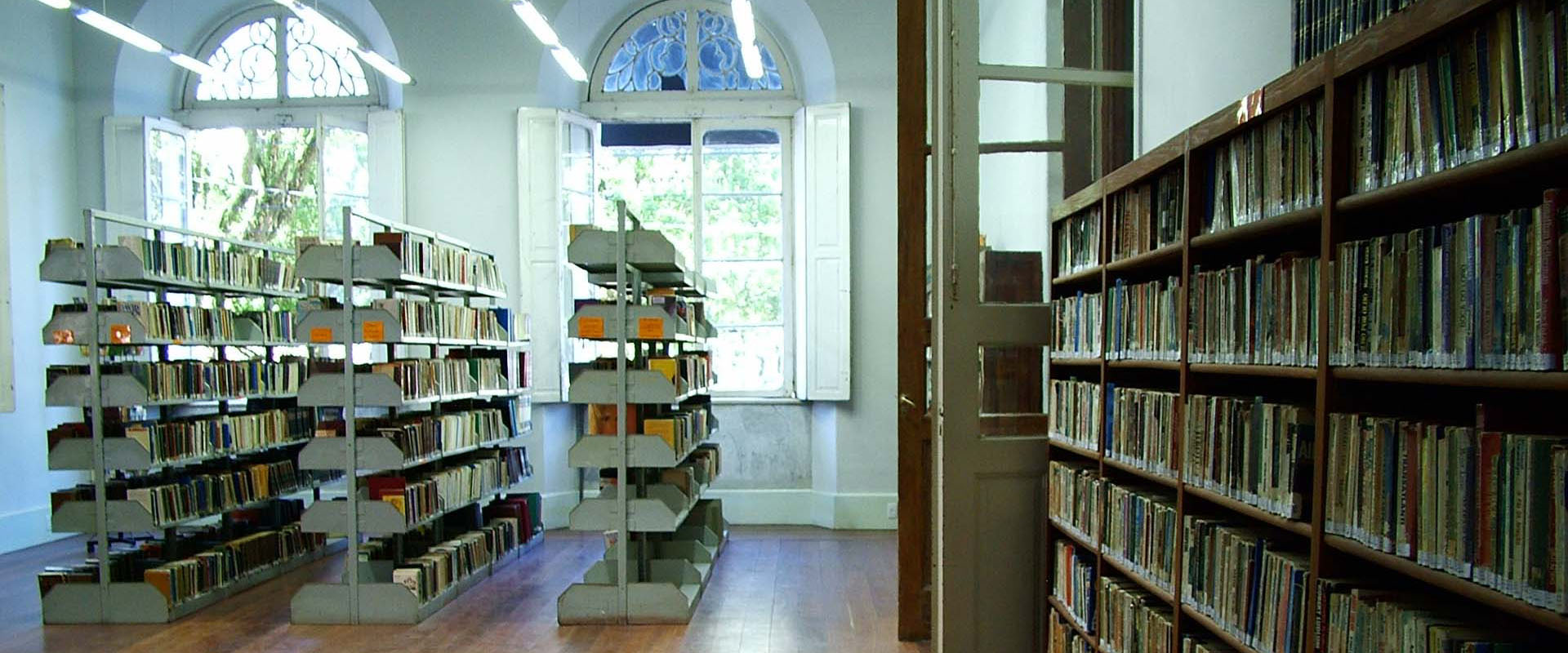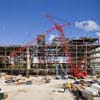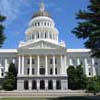Can School Districts Collect "Level 3" Developer Fees?

September 2014
Number 57
In June 2012, the Legislature suspended school districts' ability to levy "Level 3" developer fees. This suspension would be lifted if, by August 31, 2014, a statewide facilities bond was not placed on the ballot for the November 4th general election. As a statewide facilities bond was not placed on the ballot, the suspension on collecting Level 3 fees was lifted on September 1, 2014. Despite anticipation that a further extension of the suspension of Level 3 fees might be signed into law, no legislation was introduced during the recent legislative session. School districts may be on the precipice of collecting Level 3 fees for the first time ever, but many questions remain unanswered.
Under Senate Bill (SB) 50, legislation that became effective in 1998, school districts have been able to levy one of three levels of developer fees on new development. SB 50 continued a statutory rate (commonly called a "Level 1" fee), so long as sufficient justification exists to support that fee. The current Level 1 fees are $3.36 for residential development and $0.54 for commercial. For school districts that meet certain criteria, a "Level 2" residential fee may be imposed that can be higher than the Level 1 fee, based on a specific statutory formula. The Level 2 fee is unique to each school district and must be authorized annually. In concept, Level 2 fees are the equivalent of what the state assumes will total 50% of the cost of providing facilities for students from new development.
The passage of SB 50 in 1998 also resulted in the enactment of Government Code section 65995.7. Under this statute, school districts eligible for Level 2 fees may also become eligible for "Level 3" fees if the State Allocation Board (SAB) certifies that state funds for new school facility construction are no longer available. Level 3 fees are intended to be the equivalent of approximately 100% of the cost of school facilities for new development. Following such SAB certification regarding funding, if and when state bond funds again become available for facilities, the difference between the Level 2 and Level 3 amounts is to be refunded either to the state or to developers. Thus, Level 3 fees represent a gap filler for when the state is unable to match its share of the cost of facilities for new development.
SB 50 represented a compromise between school districts and the building industry after a prolonged debate and series of court decisions addressing school districts' ability to receive more than the statutorily designated school mitigation amount. The industry received limitations on their obligations to pay certain fee amounts, in part in exchange for the opportunity of the school districts to collect additional fees when state funding was not available for school facilities projects. While the building industry has enjoyed the limitations on its obligations for almost 16 years, school districts have not yet been able to access Level 3 fees, even when no state funding has been available to them.
Until now, Government Code section 65995.7 had little effect, either because it has been suspended, or because the SAB has declined to issue the necessary certification that state funding is unavailable. Now that all potential revenue from the existing statewide bond is nearing the point of being fully apportioned, the situation will call for SAB to make the necessary certification in the near future. It would seem that the current situation is precisely the scenario that Level 3 fees were intended to address, but it will remain to be seen whether SAB will actually issue the certification. With the housing market picking up, developers will be less able to argue that Level 3 fees will stop economic recovery from the recession, which is the argument the building industry and Legislature used when Level 3 fees were suspended in 2012. The renewed housing boom supports the need for school districts to implement Level 3 fees to accommodate for more growth.
To the extent that a school district is contemplating levying a Level 3 fee, and all conditions are in place to allow the district to do so, it is important to consider whether the most recent school facilities need analysis and/or developer fee justification study and adopting resolution adequately address the issue of Level 3 fees.
To assist school districts in navigating these and other developer fee issues, Lozano Smith's Facilities and Business Practice Group publishes and regularly updates its Developer Fee Handbook for School Facilities: A User's Guide to Qualifying for, Imposing, Increasing, Collecting, Using and Accounting for School Impact Fees in California. The Handbook can be ordered on our website by clicking here. If we can be of assistance regarding Level 3 fees or other developer fee matters, please contact one of our eight offices located statewide. You can also visit our website, follow us on Facebook or Twitter, or download our Client News Brief App.
Number 57
In June 2012, the Legislature suspended school districts' ability to levy "Level 3" developer fees. This suspension would be lifted if, by August 31, 2014, a statewide facilities bond was not placed on the ballot for the November 4th general election. As a statewide facilities bond was not placed on the ballot, the suspension on collecting Level 3 fees was lifted on September 1, 2014. Despite anticipation that a further extension of the suspension of Level 3 fees might be signed into law, no legislation was introduced during the recent legislative session. School districts may be on the precipice of collecting Level 3 fees for the first time ever, but many questions remain unanswered.
Under Senate Bill (SB) 50, legislation that became effective in 1998, school districts have been able to levy one of three levels of developer fees on new development. SB 50 continued a statutory rate (commonly called a "Level 1" fee), so long as sufficient justification exists to support that fee. The current Level 1 fees are $3.36 for residential development and $0.54 for commercial. For school districts that meet certain criteria, a "Level 2" residential fee may be imposed that can be higher than the Level 1 fee, based on a specific statutory formula. The Level 2 fee is unique to each school district and must be authorized annually. In concept, Level 2 fees are the equivalent of what the state assumes will total 50% of the cost of providing facilities for students from new development.
The passage of SB 50 in 1998 also resulted in the enactment of Government Code section 65995.7. Under this statute, school districts eligible for Level 2 fees may also become eligible for "Level 3" fees if the State Allocation Board (SAB) certifies that state funds for new school facility construction are no longer available. Level 3 fees are intended to be the equivalent of approximately 100% of the cost of school facilities for new development. Following such SAB certification regarding funding, if and when state bond funds again become available for facilities, the difference between the Level 2 and Level 3 amounts is to be refunded either to the state or to developers. Thus, Level 3 fees represent a gap filler for when the state is unable to match its share of the cost of facilities for new development.
SB 50 represented a compromise between school districts and the building industry after a prolonged debate and series of court decisions addressing school districts' ability to receive more than the statutorily designated school mitigation amount. The industry received limitations on their obligations to pay certain fee amounts, in part in exchange for the opportunity of the school districts to collect additional fees when state funding was not available for school facilities projects. While the building industry has enjoyed the limitations on its obligations for almost 16 years, school districts have not yet been able to access Level 3 fees, even when no state funding has been available to them.
Until now, Government Code section 65995.7 had little effect, either because it has been suspended, or because the SAB has declined to issue the necessary certification that state funding is unavailable. Now that all potential revenue from the existing statewide bond is nearing the point of being fully apportioned, the situation will call for SAB to make the necessary certification in the near future. It would seem that the current situation is precisely the scenario that Level 3 fees were intended to address, but it will remain to be seen whether SAB will actually issue the certification. With the housing market picking up, developers will be less able to argue that Level 3 fees will stop economic recovery from the recession, which is the argument the building industry and Legislature used when Level 3 fees were suspended in 2012. The renewed housing boom supports the need for school districts to implement Level 3 fees to accommodate for more growth.
To the extent that a school district is contemplating levying a Level 3 fee, and all conditions are in place to allow the district to do so, it is important to consider whether the most recent school facilities need analysis and/or developer fee justification study and adopting resolution adequately address the issue of Level 3 fees.
To assist school districts in navigating these and other developer fee issues, Lozano Smith's Facilities and Business Practice Group publishes and regularly updates its Developer Fee Handbook for School Facilities: A User's Guide to Qualifying for, Imposing, Increasing, Collecting, Using and Accounting for School Impact Fees in California. The Handbook can be ordered on our website by clicking here. If we can be of assistance regarding Level 3 fees or other developer fee matters, please contact one of our eight offices located statewide. You can also visit our website, follow us on Facebook or Twitter, or download our Client News Brief App.
As the information contained herein is necessarily general, its application to a particular set of facts and circumstances may vary. For this reason, this News Brief does not constitute legal advice. We recommend that you consult with your counsel prior to acting on the information contained herein.






